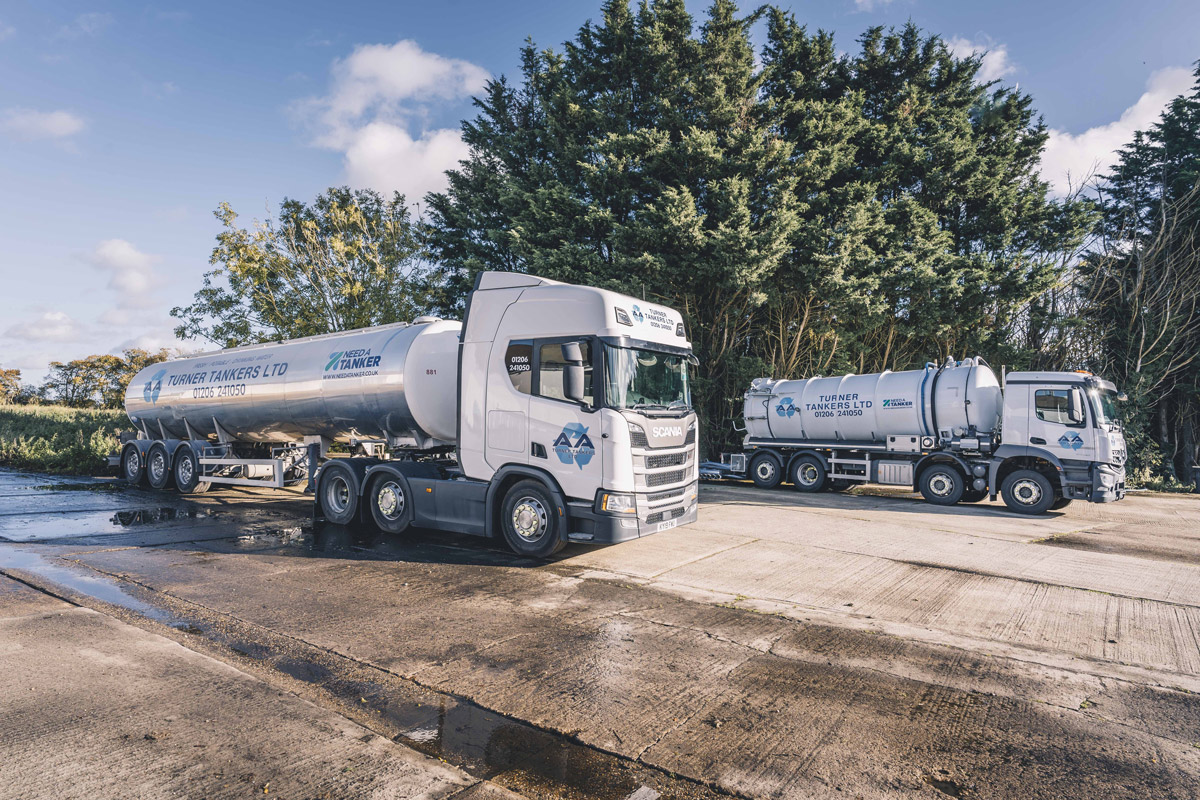The Best Guide To Reclaim Waste
The Best Guide To Reclaim Waste
Blog Article
Our Reclaim Waste Diaries
Table of ContentsWhat Does Reclaim Waste Do?The 5-Second Trick For Reclaim WasteAbout Reclaim WasteThe Best Guide To Reclaim WasteA Biased View of Reclaim Waste
Domestic sewer waste refers to the waste and products from a household septic storage tank. The proper monitoring and disposal of domestic sewer waste require fluid waste to be moved to a sewage therapy plant where the proper techniques and equipment are used to cleanse and dispose of waste.
Business waste frequently consists of possible threats, such as flammable products or a combination of liquid and strong waste products, and requires an advanced and comprehensive disposal procedure. The disposal of commercial waste normally entails the filtering of waste prior to transport to guarantee risk-free and correct disposal. Industrial waste is created from by-products and overflow of industrial procedures and manufacturing.
This kind of waste can not use the same sewage administration transport or procedures as septic or business fluids. The industrial waste administration process needs the examination and testing of liquid waste before it undergoes the disposal process (liquid waste removal melbourne). Overflow waste is the liquid waste that comes from runoff and excess stormwater in highly inhabited areas or cities
Overflow waste can cause contamination and flooding if not taken care of properly. Guaranteeing appropriate waste management can protect against catastrophes and decrease environmental harm.
The smart Trick of Reclaim Waste That Nobody is Talking About
Call PROS Services today to learn more about our waste administration and disposal solutions and the correct methods to take care of the fluid waste you generate.
(https://www.edocr.com/v/pd6avrzq/leonaube33101/reclaim-waste)Do you recognize what happens to your water when you draw the plug, flush the toilet or drain pipes the washing machine? No? Well, it deserves recognizing. This so-called 'wastewater' is not just an important source but, after therapy, will be released to our land, waterways or the ocean. Made use of water from commodes, showers, baths, cooking area sinks, laundries and industrial processes is recognized as wastewater.

water used to cool machinery or tidy plant and devices). Stormwater, a form of wastewater, is overflow that flows from agricultural and city areas such as roofs, parks, gardens, roadways, courses and rain gutters into stormwater drains pipes, after rain. Stormwater streams neglected straight to regional creeks or rivers, at some point reaching the sea.
All About Reclaim Waste
In Queensland, many wastewater is treated at sewer therapy plants. Wastewater look what i found is transported from residential or commercial websites with a system of drains and pump stations, known as sewage reticulation, to a sewage treatment plant.
The Department of Natural Resources advises city governments concerning handling, operating and maintaining sewerage systems and treatment plants. In unsewered areas, city governments may require owners to set up specific or house sewage treatment systems to treat domestic wastewater from commodes, cooking areas, bathrooms and laundries. The Division of Natural Resources authorises using home systems when they are proven to be reliable.
A lot of stormwater gets no treatment. In some brand-new class, therapy of some stormwater to eliminate clutter, sand and crushed rock has started making use of gross contaminant catches. Wastewater therapy occurs in 4 stages: Eliminates strong matter. Bigger solids, such as plastics and various other items mistakenly discharged to sewers, are gotten rid of when wastewater is gone through screens.
Wastewater after that flows right into large containers where solids work out and are gotten rid of as sludge. Grease and residue are skimmed from the surface. Utilizes little living organisms called micro-organisms to break down and eliminate remaining liquified wastes and great particles. Micro-organisms and wastes are included in the sludge. Eliminates nitrogen and phosphorus nutrients that might create algal flowers in our rivers and threaten water life.
Reclaim Waste Fundamentals Explained
Nutrient removal is not available in any way sewer therapy plants due to the fact that it calls for pricey specialised equipment. It is becoming a lot more typical in Queensland. Clear liquid effluent created after therapy might still consist of disease-causing micro-organisms. If this effluent is released into waterways such as rivers or the sea, the micro-organisms will ultimately die out.

The majority of wastewater moves into the sewage system. Under the Act, local federal governments carry out authorizations and licences for environmentally pertinent activities (Periods) entailing wastewater releases that may have a regional impact.
The Greatest Guide To Reclaim Waste
Surveillance provides factual information about water top quality and can verify that permit problems are being satisfied. The information acquired with tracking offers the basis for making water quality decisions.
Report this page